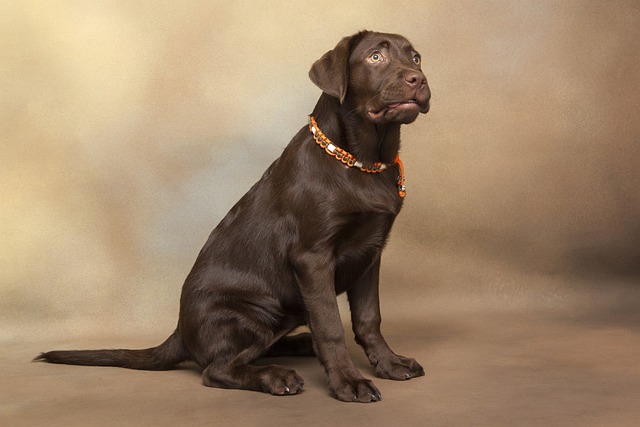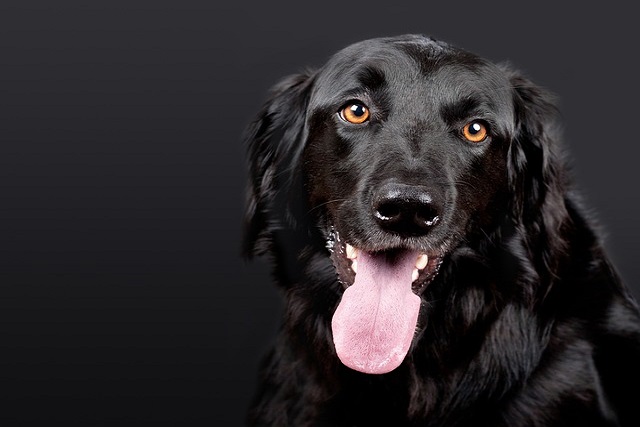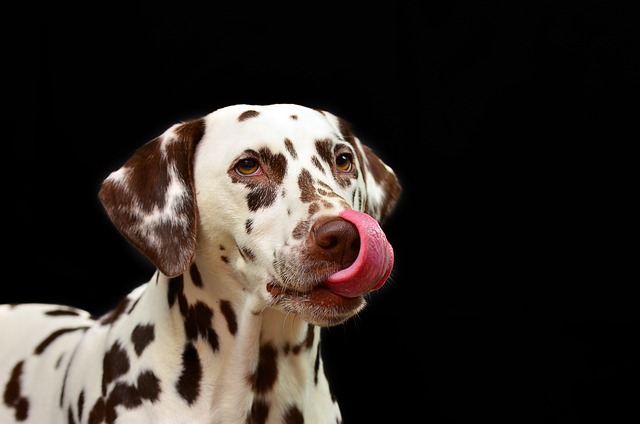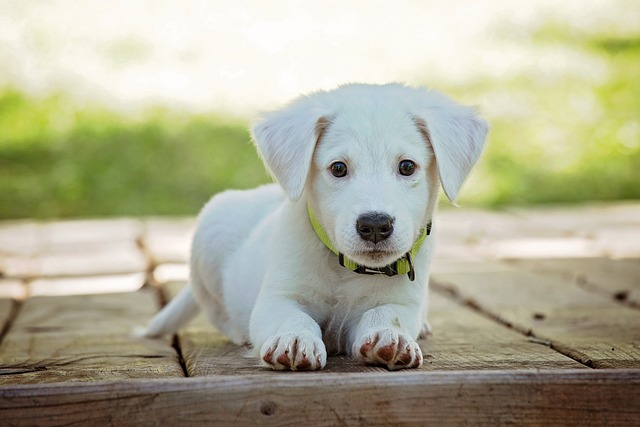
how to keep my dog hydrated when sick
You're curled up on the couch with Buddy, your usually energetic Lab mix. He feels warm, his nose is dry, and he just sniffed indifferently at his water bowl – again.
Choosing the right collar for a dog with a sensitive neck isn’t just about comfort—it’s about keeping your furry friend happy and healthy, especially when those little red marks or subtle flinches start showing up after walks. Many pup parents don’t realize that even a slightly rough material or a poorly fitted collar can irritate delicate skin, turning every outing into a stressful experience for both of you.
Soft, padded options are often a game-changer here. Look for collars lined with breathable mesh or fleece; these materials gently hug the neck without rubbing against sensitive areas. Unlike thin, rigid styles, a padded dog collar distributes pressure evenly, which is key for dogs prone to soreness, whether from past injuries or just naturally delicate skin. And let’s not forget adjustability—too tight, and you risk chafing; too loose, and it might slip off, which could land you in hot water with local regulations that require proper identification on collars at all times.
Harnesses are another smart pick, especially for dogs who pull. A well-fitted dog harness for sensitive neck skips the neck entirely, redirecting pressure to the chest instead. This not only eases strain but also aligns with guidelines in many areas that discourage collars that could cause injury during sudden pulls. Just make sure the harness itself is made from smooth, non-abrasive fabric—some cheaper models have rough stitching that can irritate underarms, so check those seams carefully.
 Material matters more than you might think. Nylon can work if it’s ultra-soft and has a protective coating, but avoid anything with harsh dyes or chemicals that might trigger reactions. Leather, when properly treated and broken in, is another great choice—it’s durable, moldable to your dog’s shape over time, and less likely to trap moisture against the skin. Whatever you pick, give it a sniff first; strong chemical odors are a red flag for sensitive pups.
Material matters more than you might think. Nylon can work if it’s ultra-soft and has a protective coating, but avoid anything with harsh dyes or chemicals that might trigger reactions. Leather, when properly treated and broken in, is another great choice—it’s durable, moldable to your dog’s shape over time, and less likely to trap moisture against the skin. Whatever you pick, give it a sniff first; strong chemical odors are a red flag for sensitive pups.
Fit is everything, and it’s easy to get wrong. A good rule of thumb: you should be able to slide two fingers comfortably between the collar and your dog’s neck. Too snug, and you’ll see hair loss or redness; too loose, and it might catch on branches or furniture during play. And don’t forget to check regulations—some places require collars to have visible ID tags with your contact info, so even if you opt for a harness for walks, a lightweight collar with tags might still be a must when out in public.
Watching your dog’s behavior is the best test. If they shake their head, scratch at their neck, or seem hesitant to put on their collar, it’s time to try something new. Your goal is a collar that feels like a second skin—so lightweight and comfortable that your pup barely notices it’s there. After all, walks should be about bonding, not discomfort.

You're curled up on the couch with Buddy, your usually energetic Lab mix. He feels warm, his nose is dry, and he just sniffed indifferently at his water bowl – again.

Picture this: You’re scanning a wall of kibble bags at your local PetSmart, trying to choose for your rescue Boxer, Bella. "Salmon recipe!" "Farm-raised chicken!"

Bringing a Labrador into your home is like welcoming a bundle of boundless energy and unconditional love. But before you commit, it's crucial to ensure you're getting a purebred Labrador.

What vitamins should be given to dogs? If you’ve ever stared at the supplement aisle in a pet store, wondering which tiny pills or powders your pup really needs

You’re chopping sweet potatoes for dinner when your German Shepherd, Duke, stares at you with those soulful eyes. You wonder: Could homemade meals solve his dull coat and energy slumps?

What is the best diet for a dog with allergies? If you’ve watched your pup scratch until their paws are raw, or noticed red, irritated skin that won’t heal, you know how frustrating allergies can be.